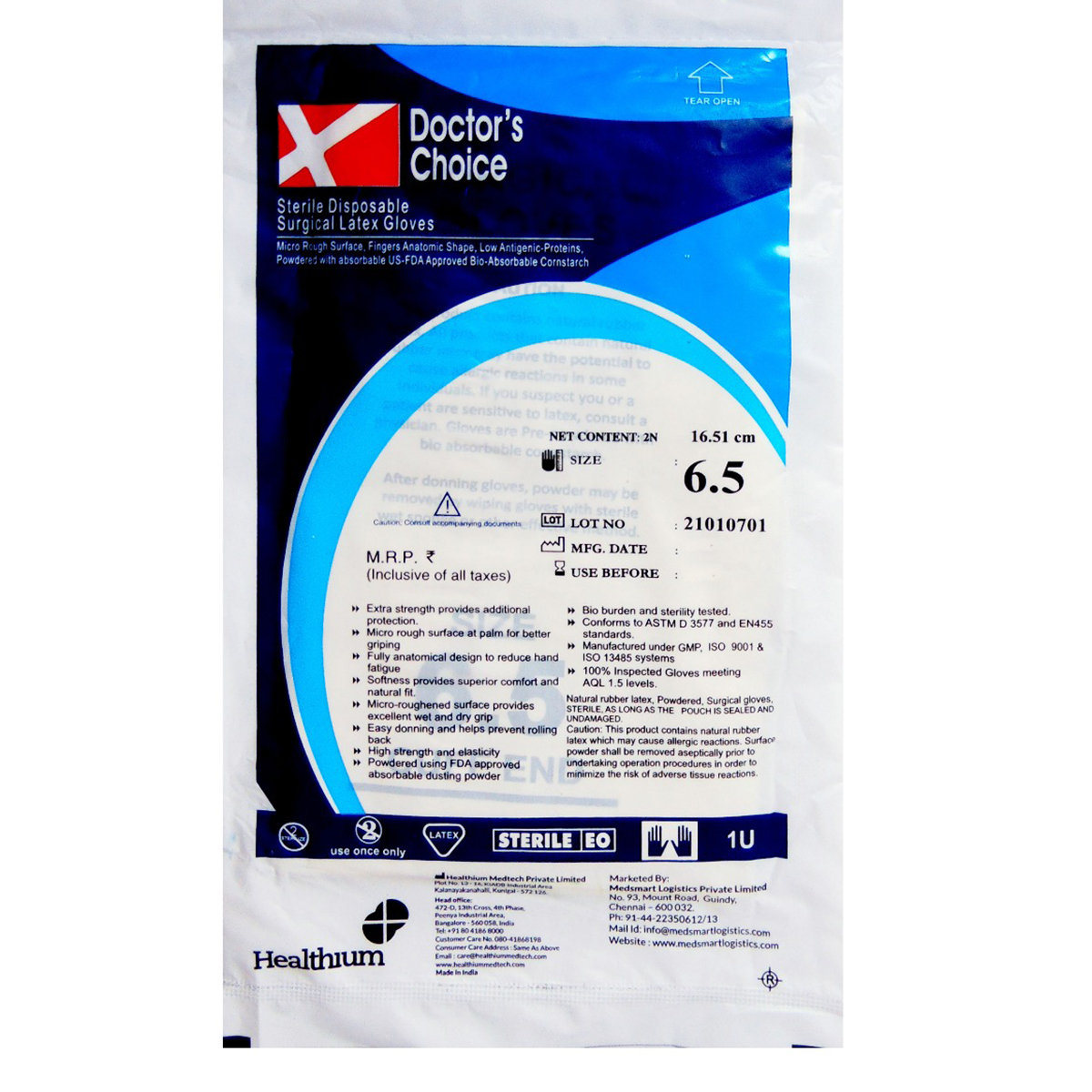Kaptocin 5iu/1ml Injection
MRP ₹17.5
(Inclusive of all Taxes)
₹2.6 Cashback (15%)
know your delivery time
Provide Delivery Location
Composition :
Manufacturer/Marketer :
Consume Type :
Expires on or after :
Return Policy :
NPPA :

Secure Payment

Trusted by 8 Crore Indians

Genuine Products
Therapeutic Class
Country of origin
Manufacturer/Marketer address
FAQs
Disclaimer
Alcohol
Safe if prescribed
Kaptocin 5iu/1ml Injection should not be taken until prescribed if you are taking alcohol. Keep your doctor informed if you drink alcohol.
Pregnancy
Consult your doctor
Kaptocin 5iu/1ml Injection is used to induce contractions in the uterus so if given by the doctor for delivery it is safe.
Breast Feeding
Consult your doctor
Inform your doctor if you are a nursing mother. Your doctor will weigh the benefits and potential risks before prescribing Kaptocin 5iu/1ml Injection.
Driving
Safe if prescribed
Kaptocin 5iu/1ml Injection can cause contraction of the uterus and lead to baby birth. So, driving a car may be highly unsafe.
Liver
Consult your doctor
Inform the doctor before receiving the Kaptocin 5iu/1ml Injection if you have had a Liver impairment/disorder history. Your doctor will prescribe only if the benefits outweigh the risks.
Kidney
Consult your doctor
Inform the doctor before receiving the Kaptocin 5iu/1ml Injection if you have had a Kidney impairment/disorder history. Your doctor will prescribe only if the benefits outweigh the risks.
Children
Safe if prescribed
Kaptocin 5iu/1ml Injection is not recommended for children below the age of 18 years. The safety and effectiveness of Kaptocin 5iu/1ml Injection have not been established in children due to limited testing of this drug on children by competent authorities worldwide.
Product Substitutes
Reference
- https://www.medicines.org.uk/emc/files/pil.9457.pdf
- https://www.drugs.com/mtm/oxytocin.html
- https://www.medicines.org.uk/emc/files/pil.9334.pdf
- https://www.nhs.uk/pregnancy/labour-and-birth/signs-of-labour/inducing-labour/
- https://www.healthline.com/health/pregnancy/natural-ways-to-induce-labor#nipple-stimulation.
About Kaptocin 5iu/1ml Injection
Kaptocin 5iu/1ml Injection belongs to the class of medication called 'oxytocic' or 'uterotonic', primarily used for initiating or improving uterine contraction (antepartum) and producing uterine contraction during the third stage of labour (postpartum). Besides this, it also controls postpartum bleeding or haemorrhage after childbirth. Labour induction stimulates uterine (womb) contractions during pregnancy before labour pain begins to achieve a vaginal birth. It is recommended by the doctor for labour induction for various reasons, especially when there is a concern for a mother's or baby's health.
Kaptocin 5iu/1ml Injection contains a synthetic female hormone, 'Oxytocin', given in the intravenous (IV) form or intramuscular (IM) form that stimulates uterine muscles and increases the uterus' contractions. It also increases the production of a natural substance called prostaglandins (PGs), increasing contractions and hence inducing labour. As a result, these increased uterine contractions help deliver the child.
Your doctor will give Kaptocin 5iu/1ml Injection before childbirth or during labour pain. Do not self-administer. The most common side effects of Kaptocin 5iu/1ml Injection are nausea, vomiting, and headache. Most of these side effects of Kaptocin 5iu/1ml Injection do not require medical attention and gradually resolve over time. However, if the side effects are persistent, reach out to your doctor.
If you ever had surgery on the uterus, cesarean or premature labour, please inform your doctor before taking Kaptocin 5iu/1ml Injection to avoid complications. Also, mention all the other medications you are taking to affect how Kaptocin 5iu/1ml Injection works. If you have been given prostaglandins, Kaptocin 5iu/1ml Injection should not be given within 6 hours as both medications, if taken together, can increase the contractions. A Kaptocin 5iu/1ml Injection should not be used for a prolonged time if the contractions do not improve, severe pre-eclamptic toxaemia (high blood pressure, protein in the urine, and swelling), or blood or heart circulation problems.
Uses of Kaptocin 5iu/1ml Injection
Medicinal Benefits Mweb
Key Benefits
Kaptocin 5iu/1ml Injection contains a female hormone primarily used in inducing labour. It plays a major role in childbirth by increasing uterus contractions and inducing labour in pregnant women. In addition to this, it is also used to stop bleeding after delivery and manage a miscarriage in cesarean section. When given in the intravenous form, Oxytocin stimulates uterine muscles and increases the contractions in the uterus. Also, it increases the production of prostaglandins, which further increases contractions and hence induces labour. As a result, these increased uterine contractions help deliver the child.
Directions for Use
Side Effects of Kaptocin 5iu/1ml Injection
- Nausea
- Vomiting
- Headache
- Skin rashes
- Fast heartbeat
Drug Warnings
Do not take Kaptocin 5iu/1ml Injection if you are allergic to Kaptocin 5iu/1ml Injection or any of its ingredients. Increasing the dose of Kaptocin 5iu/1ml Injection can be harmful if your womb already has too strong contractions, any obstructions in the pathway that might prevent the delivery or if the baby is not receiving a sufficient oxygen supply. Also, the use of Kaptocin 5iu/1ml Injection is not advisable if the baby is wrongly positioned in the birth canal, the baby’s head is too large to fit through the pelvis, the placenta lies near the neck of the womb, the placenta separates from the womb before birth, the womb is over-extended and likely to tear (in case you are carrying more than one baby). If you have been given prostaglandins, do not use Kaptocin 5iu/1ml Injection with 6 hours; if taken together, it can increase the contractions. Kaptocin 5iu/1ml Injection should not be used for a prolonged time if the contractions do not improve or if you have severe pre-eclamptic toxaemia (high blood pressure, protein in the urine, and swelling) or blood or heart circulation problems. A professional should always administer Kaptocin 5iu/1ml Injection at a hospital, do not practice self-administration. It should also not be given as a rapid injection into a vein as it might cause hypotension (low blood pressure) or suddenly increased heart rate.
Drug-Drug Interactions
Drug-Drug Interactions
Login/Sign Up
Using Kaptocin 5iu/1ml Injection together with mesoridazine can increase the risk of abnormal heart rhythm.
How to manage the interaction:
Taking Kaptocin 5iu/1ml Injection with Mesoridazine is not recommended, but should be taken if advised by a doctor. However, if you experience dizziness, lightheadedness, fainting, shortness of breath, or heart palpitations contact your doctor immediately. Do not discontinue any medications without consulting a doctor.
Coadministration of Kaptocin 5iu/1ml Injection and sparfloxacin can increase the risk of irregular heart rhythm.
How to manage the interaction:
Taking Kaptocin 5iu/1ml Injection with Sparfloxacin is not recommended, but should be taken if advised by a doctor. However, if you experience dizziness, lightheadedness, fainting, shortness of breath, or heart palpitations contact your doctor immediately. Do not discontinue any medications without consulting a doctor.
Taking Kaptocin 5iu/1ml Injection with dronedarone can increase the risk of abnormal heart rhythm.
How to manage the interaction:
Taking Kaptocin 5iu/1ml Injection with Dronedarone is not recommended, but should be taken if advised by a doctor. However, if you experience dizziness, lightheadedness, fainting, shortness of breath, or heart palpitations contact your doctor immediately. Do not discontinue any medications without consulting a doctor.
Coadministration of Kaptocin 5iu/1ml Injection with pimozide can increase the risk of abnormal heart rhythm.
How to manage the interaction:
Taking Pimozide with Kaptocin 5iu/1ml Injection is not recommended, but should be taken if advised by a doctor. However, if you experience dizziness, lightheadedness, fainting, shortness of breath, or heart palpitations contact your doctor immediately. Do not discontinue any medications without consulting a doctor.
Coadministration of Kaptocin 5iu/1ml Injection with grepafloxacin can increase the risk of irregular heart rhythm.
How to manage the interaction:
Taking Kaptocin 5iu/1ml Injection with Grepafloxacin is not recommended, but should be taken if advised by a doctor. However, if you experience dizziness, lightheadedness, fainting, shortness of breath, or heart palpitations contact your doctor immediately. Do not discontinue any medications without consulting a doctor.
Taking Kaptocin 5iu/1ml Injection with thioridazine can increase the risk of abnormal heart rhythm.
How to manage the interaction:
Taking Kaptocin 5iu/1ml Injection with Thioridazine is not recommended, but should be taken if advised by a doctor. However, if you experience dizziness, lightheadedness, fainting, shortness of breath, or heart palpitations contact your doctor immediately. Do not discontinue any medications without consulting a doctor.
Taking Kaptocin 5iu/1ml Injection with halofantrine can increase the risk of abnormal heart rhythm.
How to manage the interaction:
Taking Kaptocin 5iu/1ml Injection with Halofantrine is not recommended, but should be taken if advised by a doctor. However, if you experience dizziness, lightheadedness, fainting, shortness of breath, or heart palpitations contact your doctor immediately. Do not discontinue any medications without consulting a doctor.
Using Kaptocin 5iu/1ml Injection with cisapride can increase the risk of irregular heart rhythm.
How to manage the interaction:
Taking Kaptocin 5iu/1ml Injection with cisapride is not recommended, but should be taken if advised by a doctor. However, if you experience dizziness, lightheadedness, fainting, shortness of breath, or heart palpitations contact your doctor immediately. Do not discontinue any medications without consulting a doctor.
Taking Kaptocin 5iu/1ml Injection with Ziprasidone can increase the risk of irregular heart rhythm.
How to manage the interaction:
Taking Kaptocin 5iu/1ml Injection with Ziprasidone is not recommended, but should be taken if advised by a doctor. However, if you experience dizziness, lightheadedness, fainting, shortness of breath, or heart palpitations contact your doctor immediately. Do not discontinue any medications without consulting a doctor.
Using cabozantinib together with Kaptocin 5iu/1ml Injection can increase the risk of irregular heart rhythm.
How to manage the interaction:
Although there is an interaction between Kaptocin 5iu/1ml Injection and Cabozantinib, they can be taken together if prescribed by a doctor. However, consult a doctor if you experience sudden dizziness, lightheadedness, fainting, or shortness of breath. Do not discontinue any medications without consulting a doctor.
Drug-Food Interactions
Drug-Food Interactions
Login/Sign Up
Drug-Diseases Interactions
Drug-Diseases Interactions
Login/Sign Up
Drug-Drug Interactions Checker List
- ONDANSETRON
- EPINEPHRINE
- DOPAMINE
- VASOPRESSIN
- PROSTAGLANDINS
- DESFLURANE
- CYCLOPROPANE
- HALOTHANE
- SEVOFLURANE
Habit Forming
Special Advise
- Kaptocin 5iu/1ml Injection when given for induction of labour or stimulation of labour, it must be administered only by the intravenous (IV) or intramuscular (IM) route under medical supervision in a hospital.
Diet & Lifestyle Advise
- Long walks can help to relieve stress, keep your body strong, and assist in easy delivery.
- Please take a little Castrol oil as it stimulates prostaglandin, which ripens the cervix and gets labour started.
- For some food like dates, raspberry tea leaves are known to ripen the cervix and get labour started.
- Acupressure also stimulates labour and helps in delivery.
All Substitutes & Brand Comparisons
RX
Out of StockNot for online saleOxykop 5Iu Injection 1 ml
Kopran Laboratories Ltd
₹17.04
(₹15.34/ 1ml)
2% CHEAPERRX
Not for online saleSyntocinon Injection - (Novartis) 1ml
Novartis India Ltd
₹19
(₹16.8/ 1ml)
6% COSTLIERRX
Not for online saleGYNOTOCIN 5IU INJECTION 1ML
Svizera Healthcare
₹19.5
(₹17.55/ 1ml)
11% COSTLIER
Customers Also Bought




